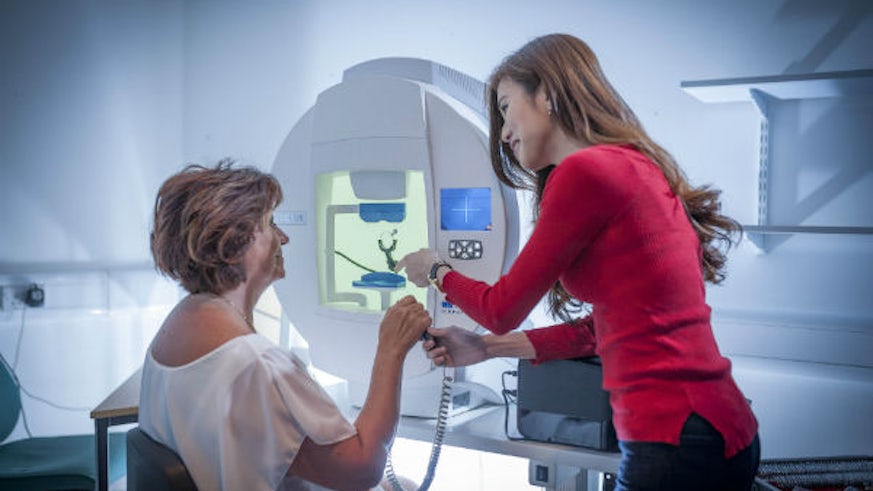School Professor co-authors pioneering report into NHS eye research participation
5 February 2019

Professor Marcela Votruba of the School of Optometry and Vision Sciences, has co-authored a research report which has revealed that eye disease patients now have more opportunity than ever to take part in NHS research studies.
According to the report, 76% of UK hospitals now offer patients the opportunity to take part in studies of eye disease to improve research and innovation in the field.
The aim of the report was to shine a light on the remarkable work of the National Institute for Health Research (NIHR), the research arm of the NHS, in promoting and fostering the need for a new wave of ophthalmic research.
Both non-commercial and commercial investment has meant that an average of 15,500 patients per year are now being offered innovative treatments for the common but life-changing diseases of glaucoma, age-related macular degeneration and diabetic retinopathy.
Currently, ophthalmology research in the NHS only receives 1% of the £2,025 million research spend in the UK, and yet it still delivers major growth in vision loss studies in the NHS’s research portfolio. The report thus points to the need for a long-term strategy and greater financial support in the field of eye health.
Professor Votruba is confident that these findings will highlight the vital importance of further funding for eye health research in the UK.
Marcela said: “Sight loss costs the UK economy upwards of £28 billion per year and is still not a research priority. This report demonstrates the need for a long -term strategy of investment and advocacy for eye research involving the entire government and non-governmental sectors. Ophthalmic research already delivers outstanding results which have helped countless numbers of people with vision problems. Further increasing ophthalmic research funding would help us deliver even greater results to combat vision issues and sight loss for even more people”.
The report was published in Eye, the scientific journal of The Royal College of Ophthalmologists, read the full paper.
Share this story
We are facilitating detection, diagnosis, monitoring and treatment of vision disorders through innovative research.
